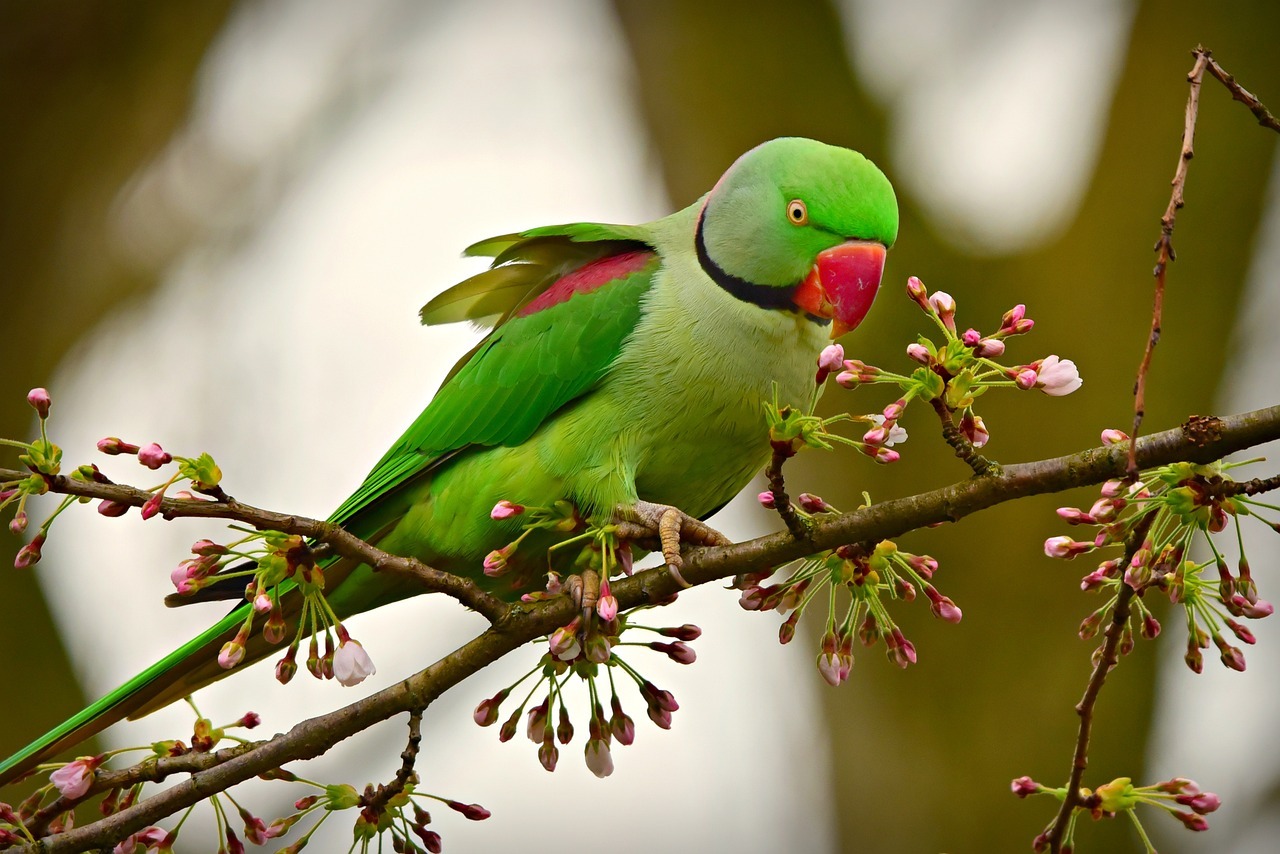The Parakeet, also known as Paroquet and Paraquet, is often regarded as a beginner bird because of its playful disposition. About 25% of bird owners keep a Parakeet, making the species one of the most popular bet birds among hobbyists. The Parakeet has different breeds, but the most popular is the Budgie or Budgerigar for their silly disposition, low noise level, and small stature. If you fancy this bird species as a pet, make sure to read further!
History
Parakeets comprise about 115 small-sized birds with long, tapering tails. It was first described in 1891. They are most popular kept as pets in Europe and North America. In 1838, a naturalist named John Gould and his brother-in-law, Charles Coxen, brought Budgies in Europe. Europeans became enamored with the species, and since then, Budgies became a staple pet in wealthy European households. In 1850, it was displayed as the Antwerp Zoo in Belgium, wherein it rose to national popularity. Australia banned the exportation of this species in 1894, so Europeans had to breed them to increase their population in Europe. The species was introduced to America in the 1920s, but didn’t gain popularity until the 1950s.
Characteristics of a Parakeet
Average life span: 7 to 15 years
Parakeets come in a variety of colors. Some have a mix of different colors, while some come in standard colors such as blue, green, yellow, and white. This species is sexually dimorphic, meaning males and females have varying characteristics. An adult male’s cere is usually blue, while the female’s is brown or pink.
Some professionals deem that Parakeets are underestimated hands-on pet. While it’s amazing as a “watch only” pet, especially with a pair or group, but it can be tamed and trained easily. They are social birds and won’t be able to grow well in isolation, therefore it needs a friend.
Parakeets get along well with children, given that the latter is respectful to the former. Even though Parakeets are not that strong as other birds, their bites can hurt sensitive fingers.
They are the best talking birds among parrots, which can be taught phrases, words, and whistles. In fact, one Budgie has been recorded uttering more than 1,700 words. Male Parakeets are known to be best talkers.
Caring for a Parakeet
When choosing a cage for a Parakeet, choose a spacious one. The minimum requirement is 18 x 18 x 24 inches. Provide the cage floor with recycled-paper or ant paper bedding with a paper liner, which should be replaced every other day. Place the cage at or slightly below eye level. Avoid placing it near drafty doors and windows. They are sensitive to pungent odors, smoke, and gases, so keep their cage out of the kitchen.
In the wild, they enjoy a wide range of foods. In captivity, birdseed and pellet blends are staples to their diet, but your pet may also enjoy sprouted seeds and veggies. Provide a small portion of fruit every week as a treat. Don’t forget to provide them clean water.
Since Parakeets are social birds, they love to interact with other birds and humans. They entertain themselves with toys and by preening and cleaning. If you can’t spend enough time hanging out or playing with your bird, it’s best to buy another Parakeet. Offer your bird a warm bath or a refreshing mist from a spray bottle twice or thrice a week. You can also train your pet to come out of the cage and perch on your finger, but make sure to train it slowly but surely.
Keeping your pet happy, calm, and jolly is not as hard as you think. For beginner hobbyists, refrain from handling your Parakeet for three or four days, because your pet will need time to adjust to its new surroundings. Go to a veterinarian to have your pet checked and examined annually. Since they are generally active, sociable birds, here are some signs which may indicate poor health: less active than usual, preening less than usual, sitting at the bottom of the enclosure for long periods of time, sneezing, having discharge around the mouth or nose, or its feathers are fluffed for long periods. Should any of these happen to your pet, consult a veterinarian immediately.

